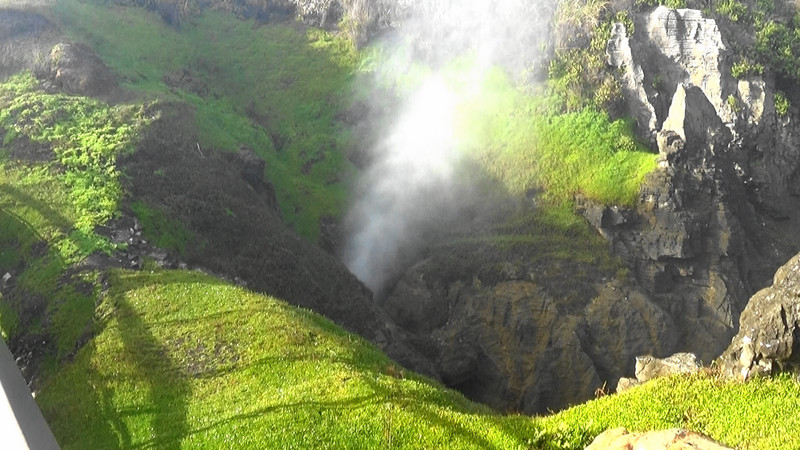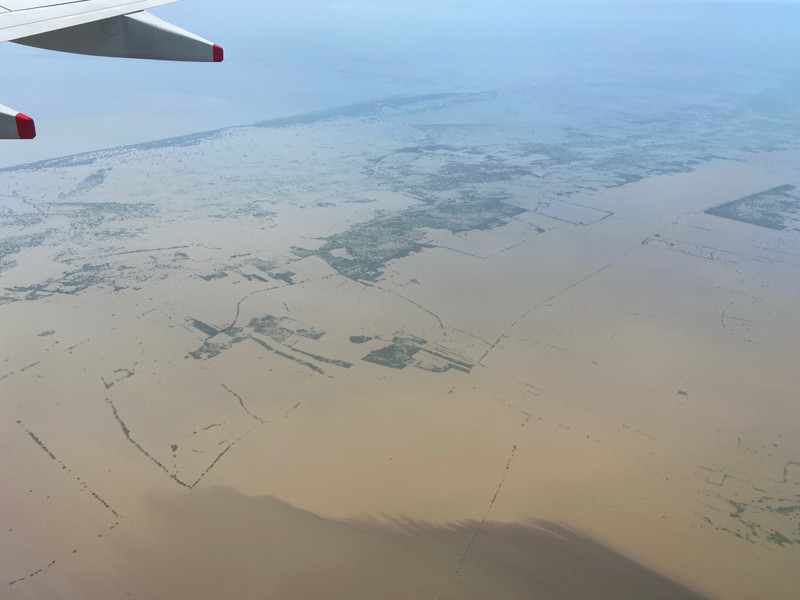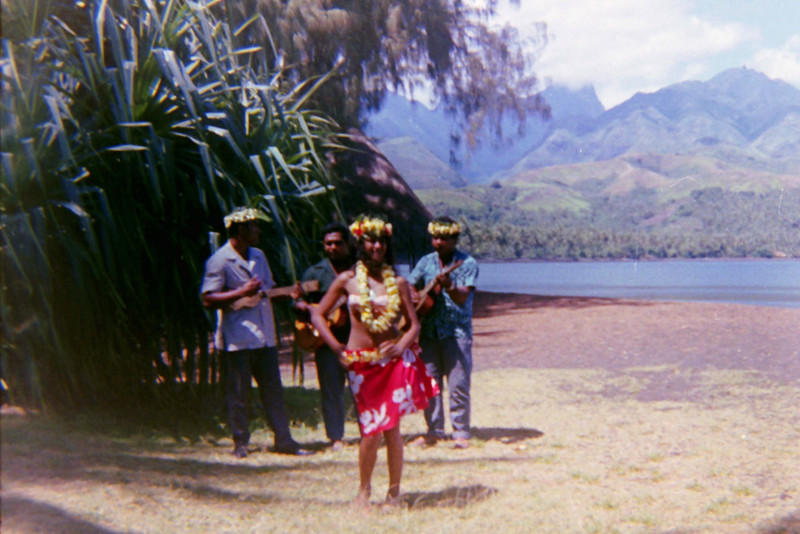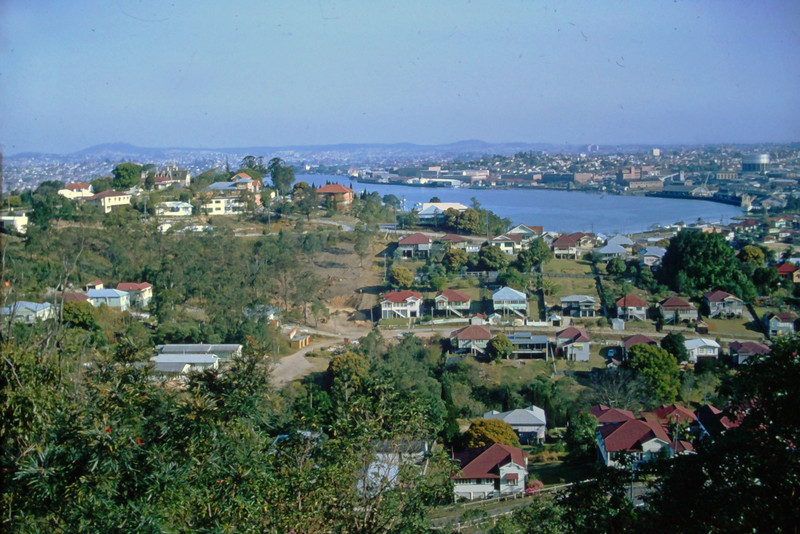We have just a short 50minute drive down to Greymouth today before we give the Corolla back and join the Trans Alpine train to head to Christchurch. So getting up and having breakfast didnt seem a priority to us.
The day wasnt quite as good as it has been for the last few days with more cloud overhead and out to sea although there was promise that it might clear once the sun could poke through.
Breakfast was very relaxing in the restaurant looking out at the Tasman Sea. We had either been too late for our downstairs neighbours from the campervan or too early as we didnt see them. The is sited on both sides of the highway with an underpass for guests to go to and from their units and the restaurant/bar. We had been the only ones breakfasting although as we finished another couple did turn up.
The car was packed up and we left behind the surplus breakfast items we hadnt been able to consume. So we were now down to 2 suitcases and 2 backpacks and travelling light!
reserve.Gretchen was happy to look around the two shops while I took the trail through the reserve which has some great views of the rocks and blowholes,which despite a lack of wind still seemed to working well and providing plenty of wave action.
As promised the overhead conditions did brighten up as we headed south to Greymouth and by the time we reached the railway station where we were to leave the car, we had a fine, blue sky above.
With a couple of hours to spare until the train left at 2.05pm bound for Christchurch we took a stroll along the high stop bank that had been extended in height after the devastating floods of 1988.
When you walk at ground level around the town you cannot see the river as the stop bank is so high. And it is really only when you walk on the top of the stop bank that you can appreciate the height of floods that had gone before and understand why so much damage to the buildings etc from the massive flow of water that is quickly bought down to the sea during major storms. All the major floods have
Yet West Coasters are a very resilient lot, you have to be when you live where the rainfall often exceeds 2500mm per annum,and they are also very proud of ‘being a Coaster.
After a coffee and a bite to eat we wandered back to the railway station where activity was starting to grow in the anticipation of the arrival of the Trans Alpine from Christchurch.
The train runs on 4 days of the week having the midweek period off when the number of tourists and locals that use the train for getting to and from the other coast are less than just before or after and on a weekend.
The arrival of the train had a certain dramatic moment to it as the leading diesel into sight as it crosses what is probably the busiest road downtown bringing all traffic to a stop as it snakes long the platform and to a stop taking up the full platform length.
and the engines uncoupled and moved to what had been the rear of the train when it arrived and then the whole train is placed back along the station platform.
There were four passenger carriages, 1 open air viewing carriage and a caf carriage plus a carriage for baggage and it seemed a bit of an overkill to have 2 DX of around 3000hp pulling what seemed to be a relatively lightly weighted train.
Our carriage was about ¼ full and we had heaps of space around us with a table and empty seats opposite our seats where we spread ourselves.
The train departed Greymouth station on time and crawled its way slowly across the main street into the town and then along the banks of the Grey River heading towards the Southern Alps.
The rail line doesnt follow the main road to Otira, the last village before you cross the Southern Alps. Rather it heads northeast to Brunner through long gone settlements that were the start of population on the Coast.









